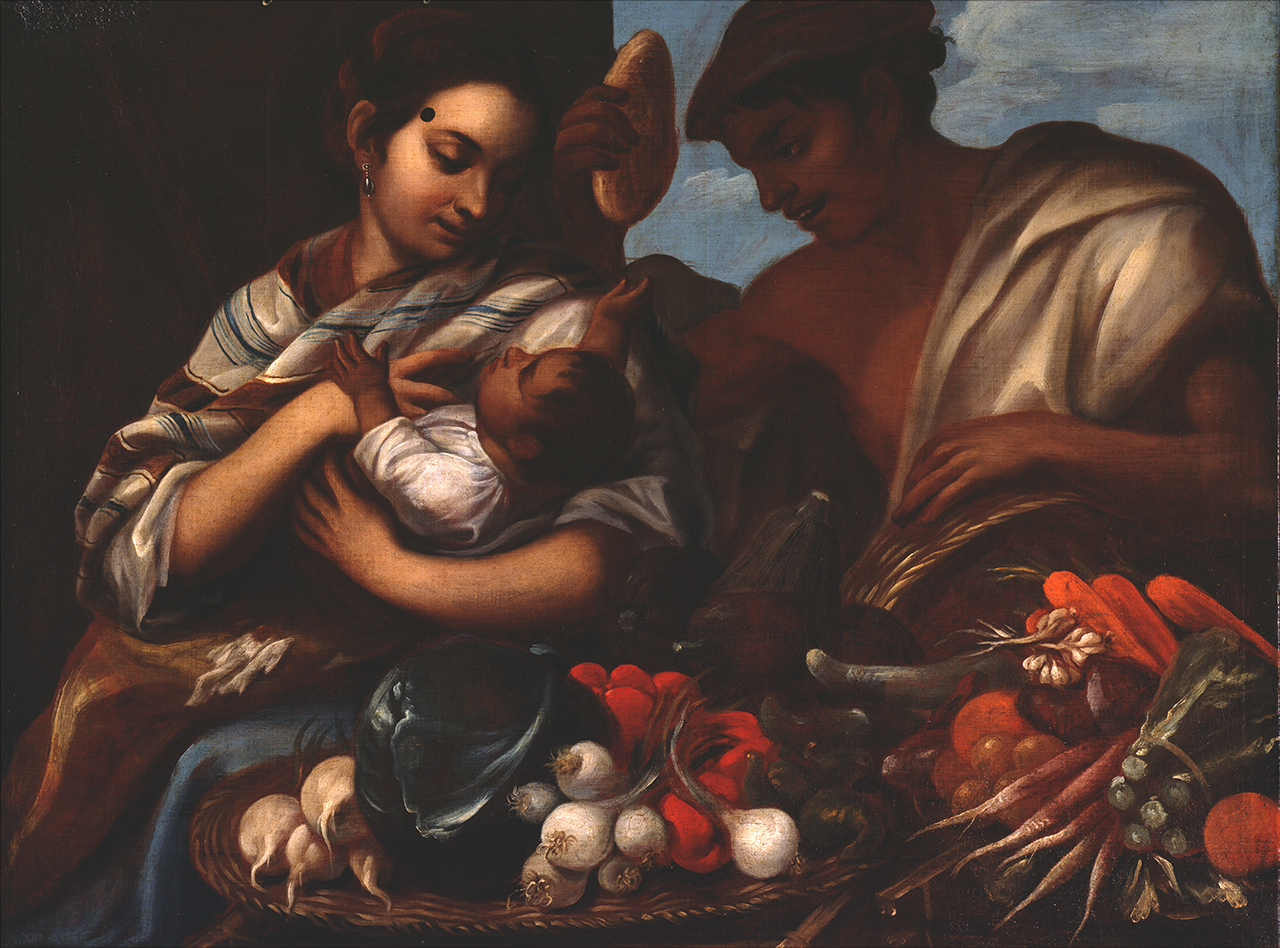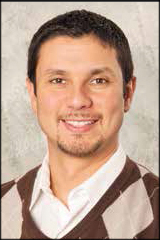A new book, edited by Illinois State University’s Professor Ellis Hurd, brings to light stories of scholars and authors who navigate the worlds of teaching, research, and family through a lens of mixed identity.
“The book is a small, but important step toward closing the significant gap that exists within research and literature concerning those who are of mixed racial, socio-economic, linguistic, and ethno-cultural backgrounds,” said Hurd, who teaches courses on equity, cultural responsiveness, and bilingual and middle-level education in the School of Teaching and Learning.
 The Reflexivity of Pain and Privilege: Auto-Ethnographic Collections of Mixed Identity shares the experiences of authors who have worked and studied across the globe. The goal of the book is to offer insights to those who teach middle-level education and young diverse learners. “These are powerful stories that could be used by anyone looking to learn more about those who view the world through the trials and triumphs of mixed identity,” said Hurd.
The Reflexivity of Pain and Privilege: Auto-Ethnographic Collections of Mixed Identity shares the experiences of authors who have worked and studied across the globe. The goal of the book is to offer insights to those who teach middle-level education and young diverse learners. “These are powerful stories that could be used by anyone looking to learn more about those who view the world through the trials and triumphs of mixed identity,” said Hurd.
Hurd hopes teachers and those studying to be teachers will learn from the chapters that detail the constant push and pull students of mixed identity experience. “These children have really grown up with a third space. A space that has either been created by them, or for them,” said Hurd. “It is here they have tried to live and operate as a result of the imposing forces on them.”
Chapters explore the experiences of “third culture kids,” or young people weaving together cultures of home and society. Hwa Pyung Yoo delves into his middle-school memories trying to manage the combination of his Korean and American identities. Raymond Adams asks simply “Will I Ever Be Enough?” when exploring his Louisiana Creole upbringing. Other authors offer tools to educators, such as Hannah Stohry, who provides a list of “consciousness raising questions” for teachers; and scholar C. Santamaría Graff, sharing her 20-year journey to navigate academia as a biracial Mexicana educator.
They don’t 100 percent fit into the minority culture, nor do they want to 100 percent fit into the majority culture. They are both and yet neither. — Ellis Hurd
“We could have done three or four books with the number of incredible volume of submissions,” said Hurd of the 18 auto-ethnographic—or personal narrative of culture—chapters in the book. “Each one provides a connection to stories that are being told.”
One of those stories is from Hurd himself. With a mother originally from Colombia and a father born on a Native American reservation in Oklahoma, the Hurd family moved to the suburbs of Chicago when Hurd was young. “We are classic Mestizos [a term from the Spanish meant to signify children born of European and Native American heritage],” said Hurd. “Growing up, I knew we were different, but I also knew we were the same.”
That concept of belonging, but feeling apart, defines the “pain and privilege” cycle of having a mixed identity, said Hurd. “They don’t 100 percent fit into the minority culture, nor do they want to 100 percent fit into the majority culture. They are both and yet neither,” he said. That identity of mixed heritage means people can benefit from identifying with the dominant culture, and be oppressed from the same heritage. “So that is the fascinating homily—or reflexivity—of that framework.”
Hurd’s own story includes facing an uphill battle for his education, and being told multiple times that college was not in his future. “I am living proof that even with people who struggle, a path can be made,” said Hurd, who thought about becoming a pastor before earning bachelor’s and master’s degrees and teaching English. Intrigued by the idea of a doctorate, Hurd started to look for research on teaching children with mixed identities, and found very little. “Knowing that I was one of mixed identity, and that there was hardly anything out there in the research about it, I became fascinated with the idea,” he said, which kicked off his own auto-ethnographic research.
The auto-ethnographic methodology of the work provides more than rare insights into the lives of those with mixed identities. Hurd noted many authors wrote to him of the healing process constructing the submissions. “When you’re doing auto-ethnographic work, you’re really peeling back the layers that aren’t inclined to scrutiny so easily,” he said. “These layers are painful to peel back. People have to relive trauma, but in doing so, they also have an opportunity to work through some of those struggles and to begin to heal.”


